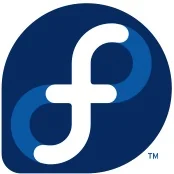Fedora 42 Aims To Enhance The Windows Subsystem For Linux Experience

The change proposal for Fedora 42 seeks to create Fedora WSL images so that it's a nicer experience for those wanting to run Fedora within the confines of Windows Subsystem for Linux 2.
The change proposal by Jeremy Cline explains:
"Recent versions of Windows support running Linux guests via Windows Subsystem for Linux (WSL). These can be distributed via tarballs, Appx packages, or via the Windows Store. The purpose of this change is to start producing Fedora images for users of WSL.
Distributing images via the Windows Store requires agreeing to the store policies and developer agreement, which is something Fedora has historically not been comfortable with. This change proposal is to distribute a tarball. In recent versions of WSL (version 2.4.4 and greater), the user experience has been greatly improved for WSL images outside the store. These include allowing tarballs to distribute first-time setup scripts and icons as part of the distribution instead of as a Windows application, as well as click-to-install support for tarballs using the ".wsl" file extension. Therefore, this proposal will work best with version 2.4.4+ of WSL, although documentation will be provided for users on older releases."
The hope with the proposal is that those Windows users trying out Fedora WSL will then be more comfortable to go ahead and installing Fedora Linux on their own systems as well.
More details on this Fedora WSL change proposal for the current Fedora 42 cycle via FedoraProject.org. The proposal still needs to be voted on by the Fedora Engineering and Steering Committee.
27 Comments

